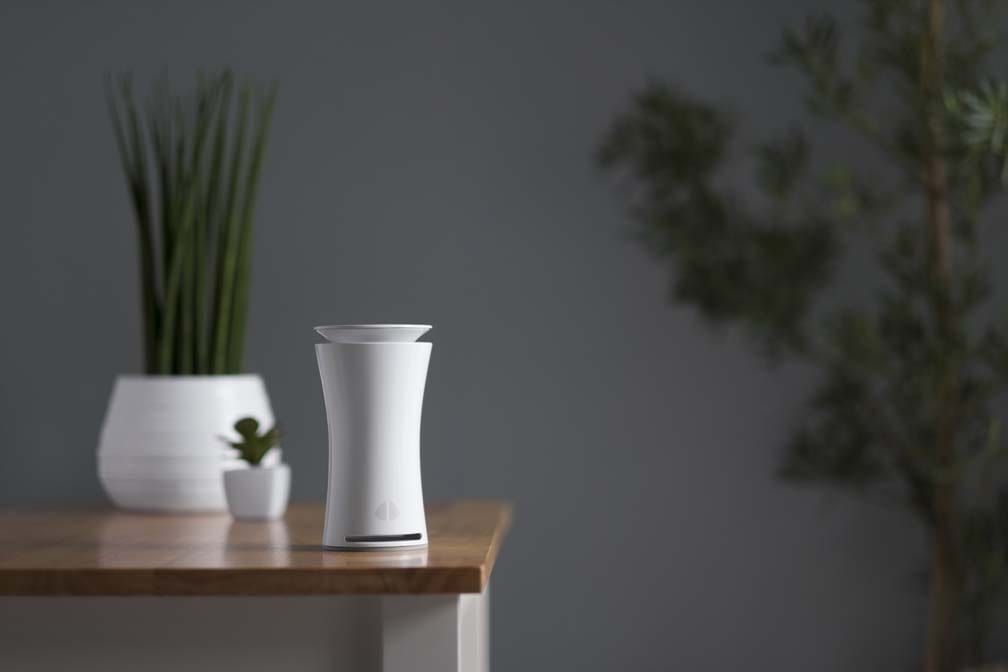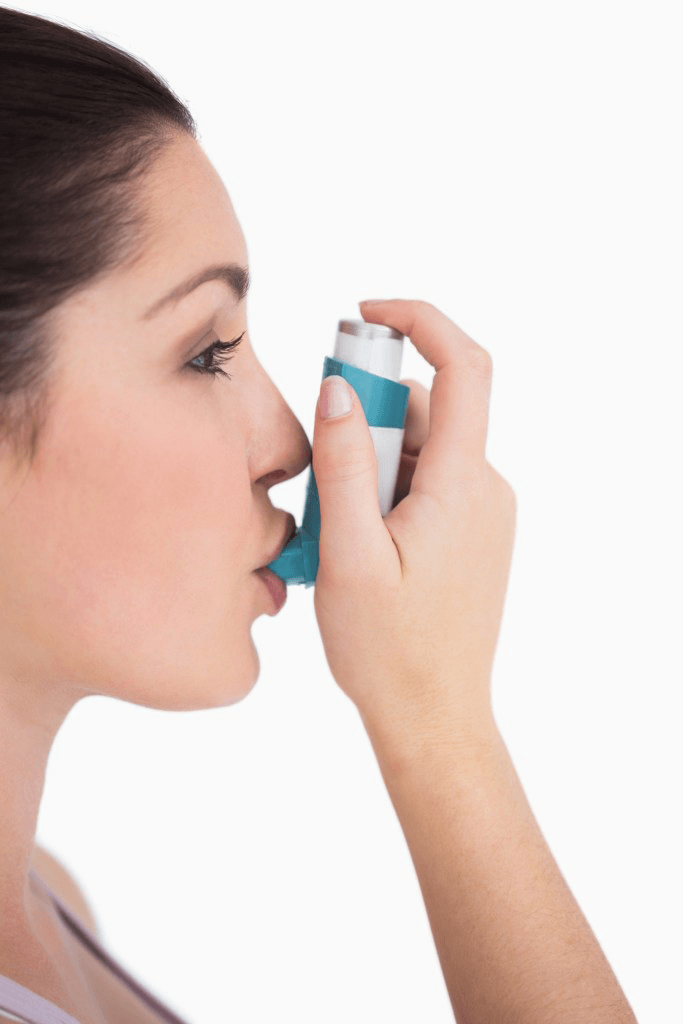Many of us worry about the air we breathe the moment we step out of our homes. It is because the Philippines, particularly Metro Manila, has one of the worst air pollution levels in the world.
A real-time check of the National Capital Region (NCR) Air Quality Index rating is pegged at 31, ranked fair, while PM (Particulate Matter) is at 2.5, which refers to particles that can be inhaled into the respiratory tract and penetrate deep into the lungs, comes at 14 µg/m3 (micrograms per cubic meter) for a 27 rating, which is also marked fair. That is due to the marked reduction of vehicles on the roads because of the lockdown.
However, have you checked your quality of the air in your house lately?
Air quality monitor
You can do so by using a device that measures the particulate matter within the air at its location. Typically, it has different meters that measures levels of oxygen content, carbon dioxide, carbon monoxide and volatile gasses in the air inside the house, and determines each particulate level type that will be able to give a reading. It is not enough to know the level of oxygen; it is more important to know how much volatile gasses, carbon dioxide and carbon monoxide are in the air in the home.
The Covid-19 pandemic and the accompanying community lockdowns saw more people packed inside their homes since non-essential travel is restricted. While staying indoors may be good and reduce air pollutants, no one knows if the air inside the house is good.
If not managed or monitored properly, the environment in the house may also expose its occupants to equally poor-quality air that can be as dangerous as outdoor air.
The uHoo Virus Index
Described as the world’s first real-time assessment of virus survival (such as Covid-19) based on air quality, the “uHoo Virus Index” is a patent-pending technology that analyzes air quality data and provides an assessment on the risk of viruses surviving in the home or workplace, as well as how the air affects general health and its impact on the immune system.
The index uses a 10-point system divided into four levels: “Good,” “Mild,” “Bad” and “Severe.” These levels provide specific insights about factors such as air quality, risk of virus survivability, and how to improve the environment in order to reduce risk.
Points 1-3 is generally “Good,” where virus survival is low and airborne virus spread is unlikely. For Points 4-6, or “Mild” level, virus survival is moderate and spread of airborne virus is possible. The air quality poses little to almost no direct health threat or risk for those sensitive to air pollutants.
However, for Points 7-8, which is “Bad,” the survivability of the virus is extended and the airborne virus will most likely spread to other areas, posing some health risks. This is where critical assessment of air quality is needed, coupled with swift action to improve it.
Lastly, Points 9-10, which is “Severe,” indicates the virus will remain and airborne spread is highly likely, creating adverse effects on the health of people in the house so it’s best to find immediate solutions.
The uHoo indoor air quality monitor
The most immediate solution for many homemakers is to buy air purifiers found in malls or online, but it can backfire because it may not really work best to purify the air. Another is to use electronic sensors spread throughout the house or office, but it may be a more complicated and expensive setup or worse, more difficult to use.
In this day and age of the internet, the solution may lie in the adage “there is an app for that.”
With the size comparable to an insulated tumbler, the uHoo indoor air quality monitor may be small but utterly useful since it measures the air quality of an enclosed space. Just connect it to any WiFi network and it then transmits data to a companion app (downloadable via Google Play story or App Store) for real-time reporting on nine different air quality parameters such as volatile organic compounds (VOCs), carbon monoxide (CO), carbon dioxide (CO2), fine dust particles (PM2.5), ozone, and nitrogen dioxide (NO2), including traditional measurements for temperature, air pressure, and humidity.
Once it connects to your WiFi, just wait for a minute as it gathers data and you will have the results almost immediately.
The device measures air quality and makes solid recommendations to help improve air quality. The uHoo app comes with the patent-pending uHoo Virus Index that lists down the thresholds for indoor air quality that helps minimize virus risk. For example, the more people are inside a small space, CO2 levels increase as this is the air expelled by people. High CO2 levels indicate a lack of fresh air and also contribute to fatigue and migraine. Thus, introduce ventilation for air to circulate properly, like adjusting the home’s airconditioning, or simply opening windows or doors to let fresh air in.
Just remember that the uHoo Indoor Air Quality Monitor is just a tool to help monitor, identify and alert users of any issues and provide guidance on what appropriate action to take.
Article from https://businessmirror.com.ph/






